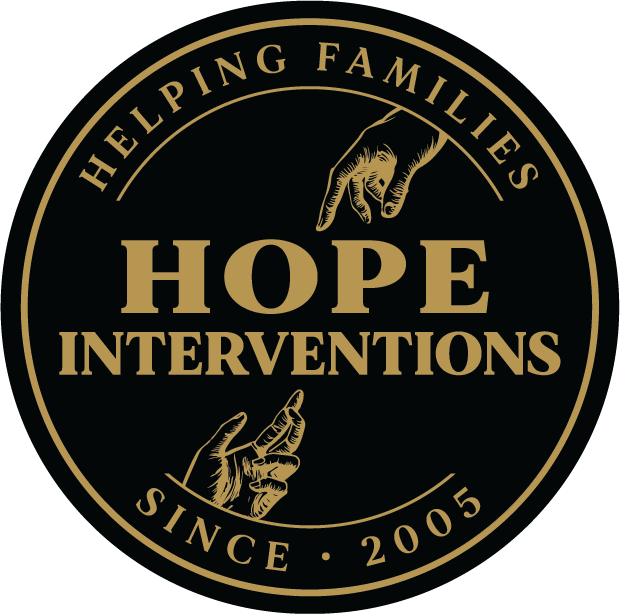When families face the reality of a loved one’s substance use disorder, they often ask two important questions: “How can we help?” and “What will it cost?” Planning a drug intervention can feel overwhelming, especially when finances are a concern. But understanding the cost of intervention services and the value they bring can help families prepare for hope, healing, and recovery.
What Are Drug Intervention Services?
Drug intervention services are structured, professionally guided processes designed to help individuals recognize the impact of their substance use and accept treatment. Unlike casual conversations, interventions are planned with intention, compassion, and expertise—often led by a certified intervention specialist.
These services include:
- Family preparation and coaching.
- Facilitation of the intervention meeting.
- Guidance into treatment programs.
- Ongoing support for loved ones and families.
Factors That Affect the Cost of a Drug Intervention
- Location – Costs vary depending on whether services are local or require travel.
- Experience of the Specialist – Certified and highly trained interventionists may charge more, but their expertise increases the likelihood of success.
- Level of Service – Some specialists offer flat fees, while others provide packages that include consultation, intervention facilitation, and follow-up support.
- Travel Expenses – If a family requests on-site support outside the interventionist’s area, travel costs may be added.
- Aftercare Services – Extended coaching, counseling, or ongoing family support can influence total costs.
Average Cost of a Drug Intervention in the US
While prices vary, families in the US typically invest:
- $2,000 to $10,000 for professional intervention services.
- Additional costs may apply for travel, treatment admissions, or extended family support.
It’s important to compare this against the true cost of untreated addiction, which can include financial strain, health complications, legal issues, and emotional pain.
Why Families Should See Intervention as an Investment
- Health Investment: Addiction untreated often leads to medical crises and long-term damage.
- Financial Investment: The costs of addiction (legal fees, lost work, medical bills) usually far exceed intervention services.
- Emotional Investment: Families regain peace of mind knowing they took constructive action.
- Hope Investment: The intervention may be the turning point that saves a loved one’s life.
Planning Ahead for Hope and Healing
1. Budget Early
Families can plan for the possibility of intervention while exploring treatment options. Setting aside funds or pooling resources with loved ones makes the process less overwhelming.
2. Explore Insurance & Employer Assistance
While most insurance plans don’t cover the intervention itself, they may cover subsequent treatment. Some employers also offer assistance programs.
3. Compare Options
Not all intervention services are the same. Families should ask about what’s included—such as planning, facilitation, and follow-up support—before committing.
4. Prioritize Value Over Cost
The lowest fee isn’t always the best option. Families should focus on experience, compassion, and proven success.
Conclusion
Drug intervention costs can feel daunting, but they represent an investment in life, healing, and hope. Families who plan ahead not only ease the financial burden but also increase the likelihood of a successful outcome.

